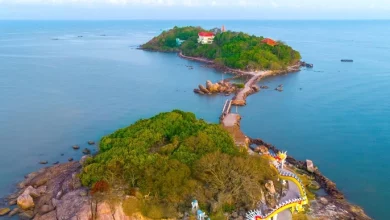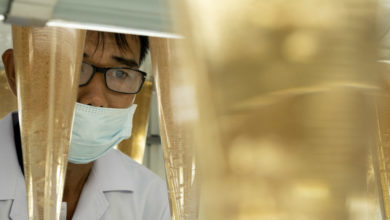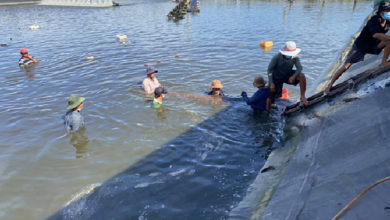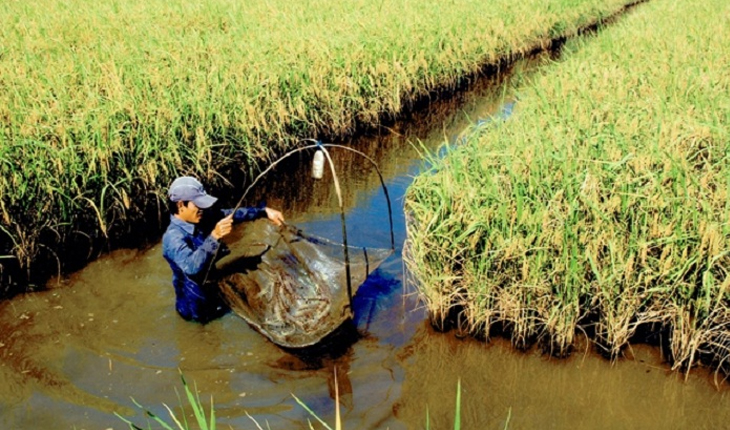Long An – From acidic soil to profitable fish farm: Vietnamese farmer nets VND 2 billion annually
In the rural hamlet of Hoa Binh 2, Hiep Hoa Commune (Duc Hoa District, Long An Province), farmer Nguyen Truong Chinh has transformed once-barren, acid sulfate soil into a modern, high-yield fish farm, earning an average annual profit of VND 2 billion (USD 78,500) through innovative techniques and strong ties with local businesses.
Chinh’s operation includes five meticulously planned ponds, each about 1,300 square meters, stocked with 100,000 to 150,000 fish depending on species. He raises all-male tilapia – a hardy, fast-growing species well-suited to the local environment – alongside snakeskin gourami and bronze featherback fish.
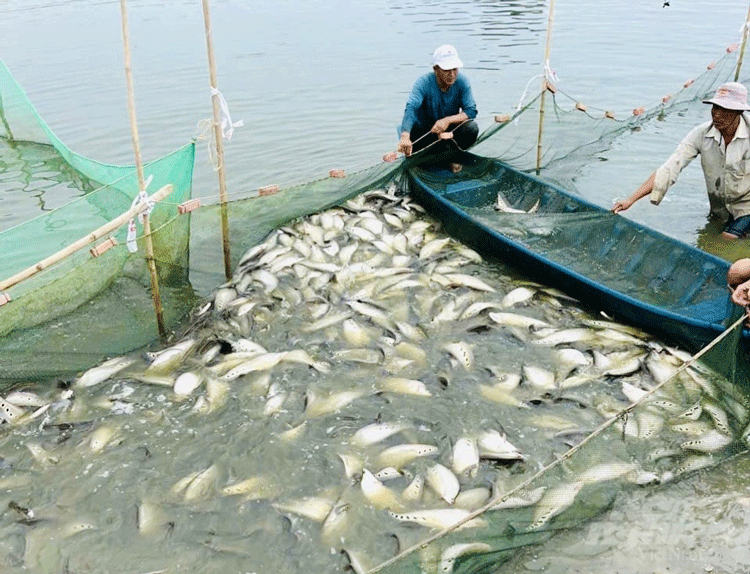
Success, Chinh says, hinges on attention to detail: water is carefully treated before being introduced to the ponds, only healthy juveniles are selected, high-quality commercial feed is used, and feeding is strictly monitored to reduce pollution. On average, 3 kilograms of feed are required to produce 1 kilogram of market-ready fish. After 4-5 months, tilapia reach 250 grams and sell for VND 39,000-40,000 per kilogram, while production costs range from VND 28,000-30,000. Snakeskin gourami, which take 8-10 months to grow, fetch VND 70,000-71,000 per kilogram, soaring up to VND 150,000 during supply shortages.
Beyond farming know-how, Chinh has secured long-term partnerships with processing facilities that guarantee purchase under VietGAP standards, catering to both export markets and domestic supermarket chains. These stable contracts enable him to supply hundreds of tonnes of fish annually and provide steady employment for over 10 local workers.
Looking ahead, Chinh is expanding toward a circular, eco-friendly model. In his integrated system, snakeskin gourami are strategically stocked to utilize waste from snakeskin gourami fish, helping purify the water and cut environmental treatment costs, a move toward greener aquaculture in the Mekong Delta.
VFM


